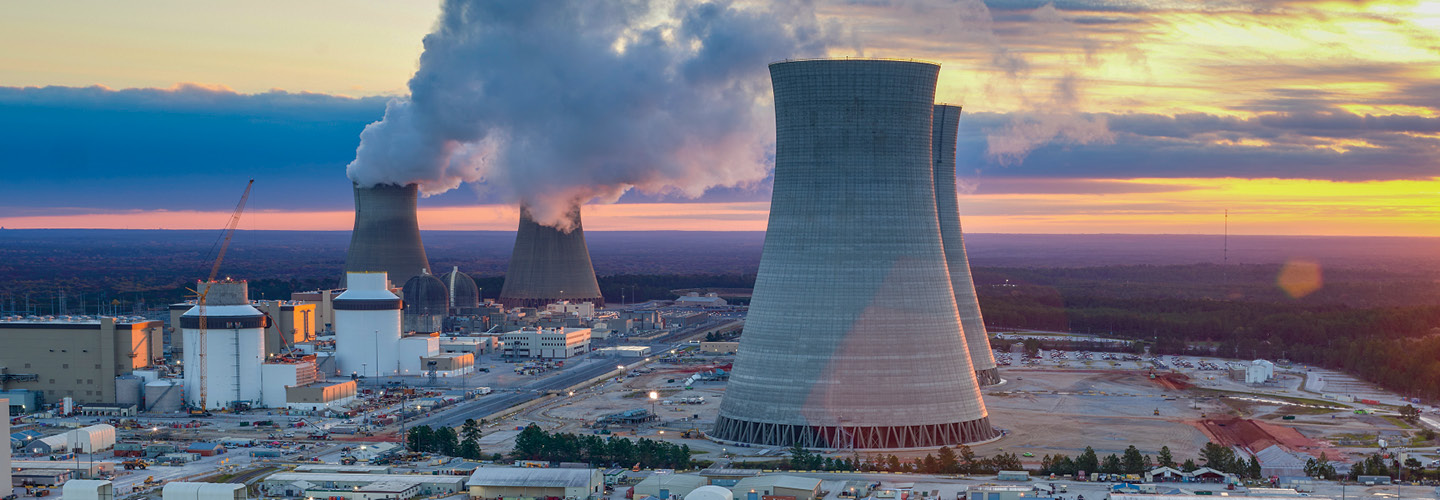Thirteen years ago, the most powerful earthquake ever recorded in Japan struck the country’s northeastern coast. The aftershocks created a tsunami that wrecked three nuclear reactors in Fukushima. The reactors largely melted within three days, and tens of thousands of people were evacuated as radiation leaked into the sea and the air.
Following the disaster, Japan swore to phase out nuclear power by 2030. But that was then. In a shift, the country now plans to extend the life span of its reactors, replace old ones, and build new ones.
Japan is hardly alone. In response to rising energy prices, fuel shortages, and pressure to cut carbon emissions, other nations have begun to re-embrace nuclear energy. In the past 15 years, France has replaced almost all of its fossil fuel-powered electricity with nuclear power; in 2020, the United Arab Emirates opened its first nuclear power plant; and China has more than 20 nuclear power plants under construction.
Thirteen years ago, Japan recorded its most powerful earthquake ever. It struck the country’s northeastern coast. The aftershocks created a tsunami that wrecked three nuclear reactors in Fukushima. The reactors largely melted within three days. Tens of thousands of people were evacuated. Radiation leaked into the sea and the air.
Following the disaster, Japan swore to phase out nuclear power by 2030. But that was then. In a shift, the country now plans to extend the life span of its reactors and replace old ones. They also plan to build new ones.
Japan is hardly alone. In response to rising energy prices, fuel shortages, and pressure to cut carbon emissions, other nations have begun to re-embrace nuclear energy. In the past 15 years, France has replaced almost all of its fossil fuel-powered electricity with nuclear power. In 2020, the United Arab Emirates opened its first nuclear power plant. China has more than 20 nuclear power plants under construction.

